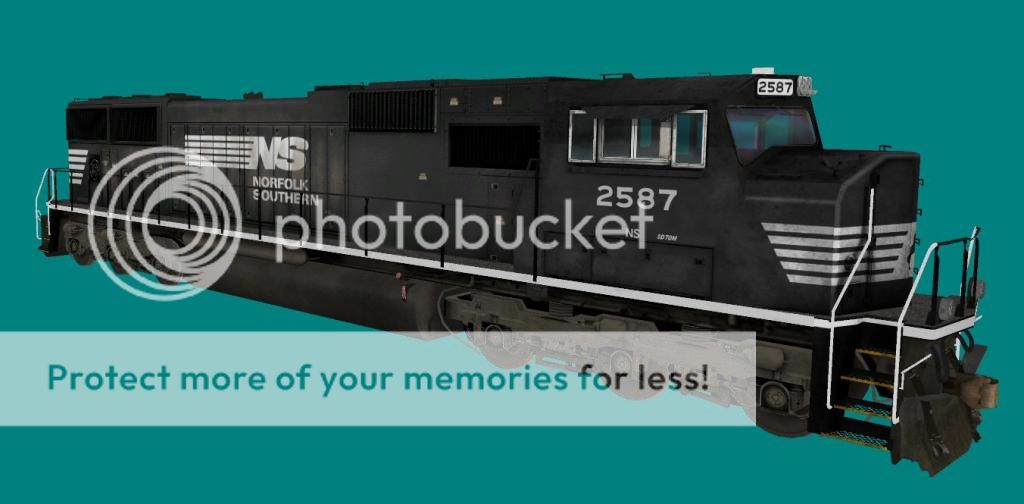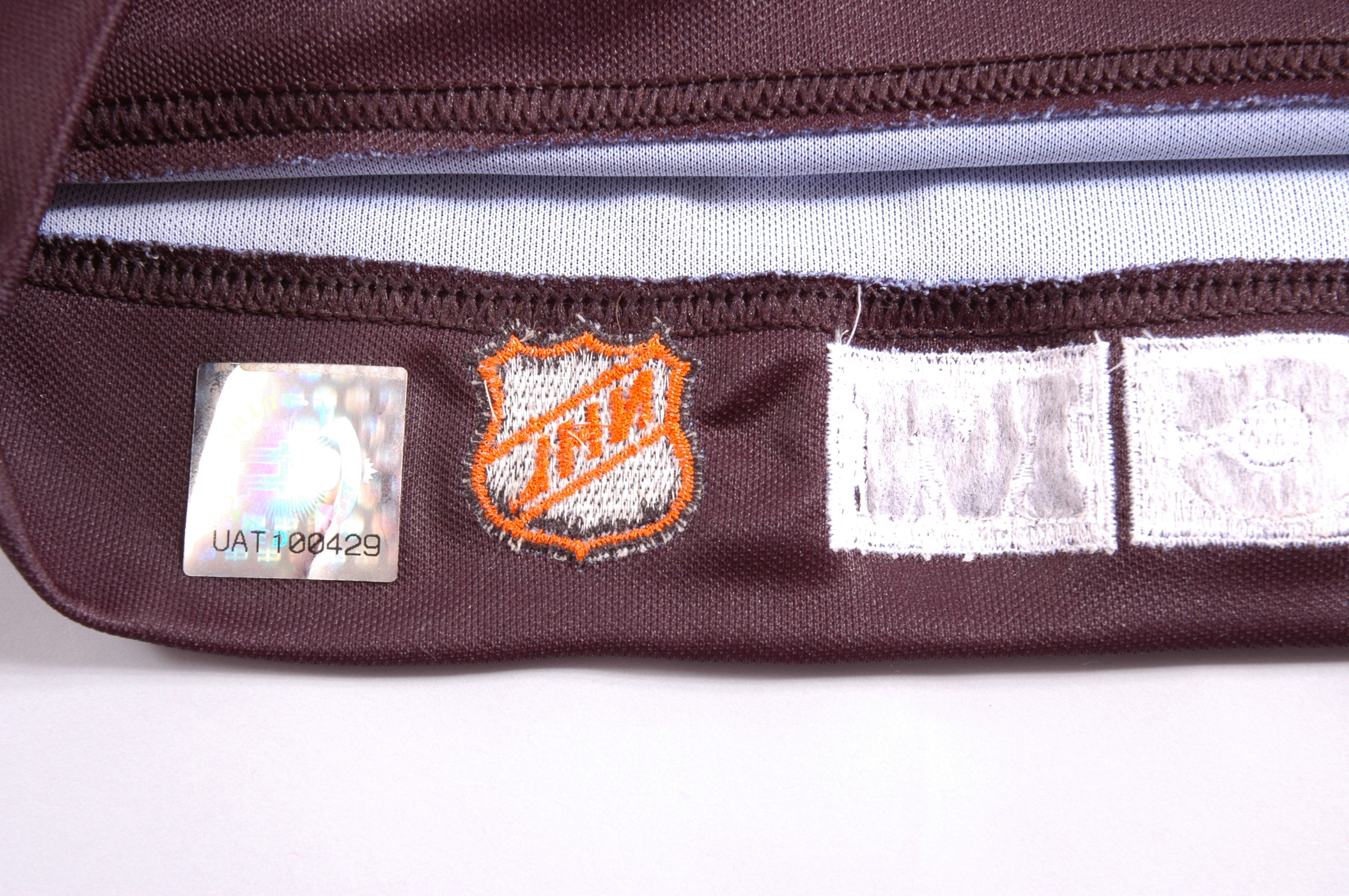
This is where CD-adapco’s wave6 technology comes into play. This acoustics computer-aided engineering (CAE) technology, and highlighted at, can simulate the wave propagation of sound though objects across the entire audible frequency range. Wave6 has many applications in the automotive industry. For starters, it can characterize side-glass wind noise, acoustic flanking of door seals, tailpipe noise and much more. New Iobit Driver Booster Pro Key Generator - Software 2017 on this page.

The Tools You Need to Simulate Various Types of Acoustics.

Definitions of aero-acoustics, FSI, vibro-acoustics and aero-vibro-acoustics. (All images taken at CD-adapco’s North American Vehicle CFD Conference). To dig deeper into flow induced noise and vibration simulations, it is best to understand acoustic terminology, namely: aero-acoustics, fluid-structure interactions (FSI), vibro-acoustics and aero-vibro-acoustics. Aero-acoustics describes applications in which fluid flows over a rigid object, which then causes noises at a distance. The region at which the noise is received is called the far field.Įxcessive mechanical stress can cause cracking, rupture, fatigue. Alternatively, STAR-CCM+® can export the temperature field to external. Component temperatures are simulated with Star-CCM+ software, where both. When the critical locations are known, a fracture-mechanics-based crack growth anal- ysis can.Īn example of aero-acoustics is when an airplane’s landing gear might cause noises for people on the ground. However, aero-acoustics shouldn’t be confused with the interactions of fluids and structures in the phenomena known as FSI. Here, flow can create large amplitude motions of a structure.

An example would be something fluttering in the wind. “Traditionally, we would use time domain methods to model aero-acoustics and fluid structure interactions,” explained Phil Shorter, vice president of CD-adapco.


 0 kommentar(er)
0 kommentar(er)
